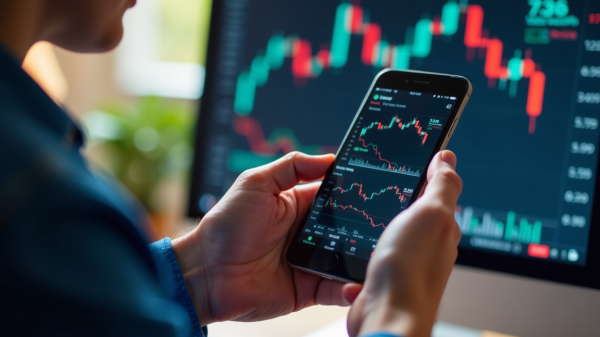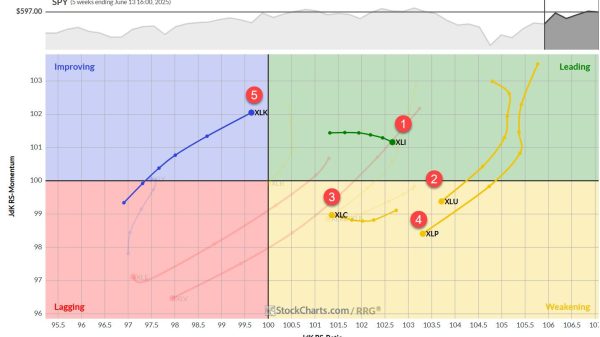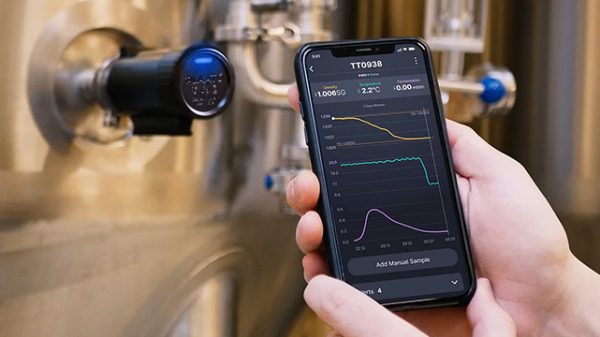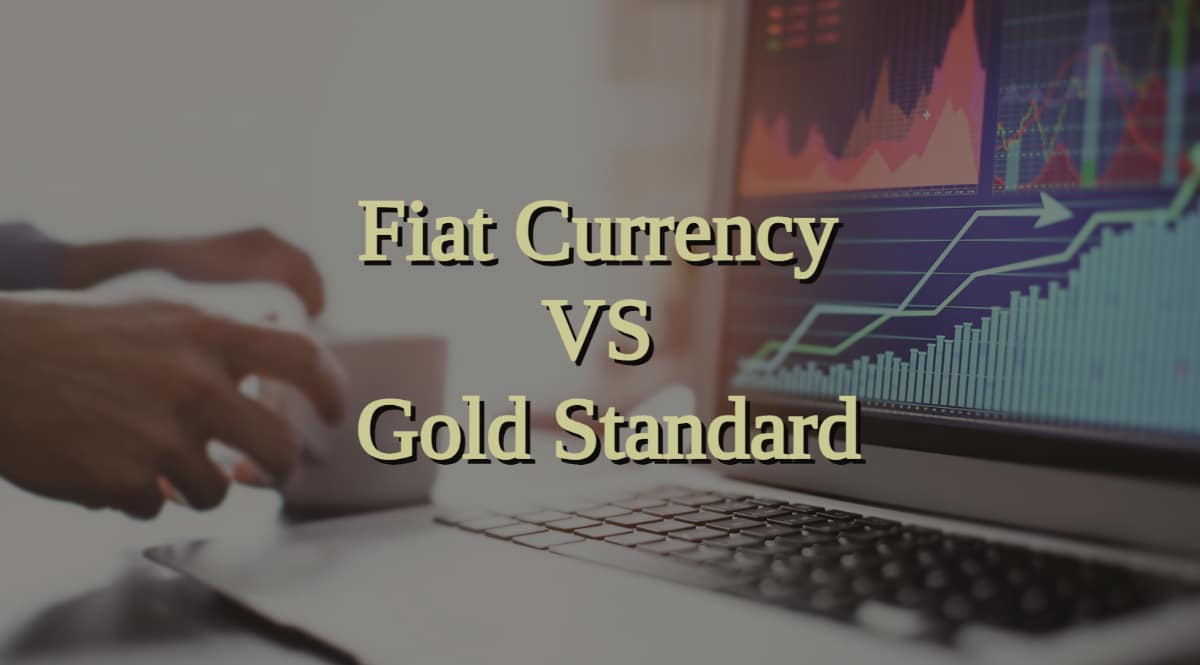Fiat currency vs. Gold standard – Side-by-side Comparison
Have you ever considered why people often make Fiat currency vs. gold standard side-by-side comparisons? What are their differences and similarities, and why should every passionate Forex trader learn it well?
First, far back in history, gold began to have a great value as a precious metal that attracted people with its beauty. During the famous golden age, this shiny metal became a crucial element of the worldwide economy, and everyone used it, most often in trade.
The famous debate of the Gold standard vs. fiat currency has been going on for some time, and many still cannot point the finger at everything this comparison indicates.
To get the right picture, let’s first see what Fiat money represents and what gold is, and then we will make a crucial Gold standard currency vs. Fiat currency, shall we?
Fiat definition – What is fiat money?
Fiat money, or fiat currency, represents a specific currency lacking backing from a tangible commodity. And by that commodity, we mean gold or silver, mostly. It’s typically known as paper money and refers to all alternative and major currencies such as EUR, USD, CHF, CAD, JPY, etc.
Instead, it derives its true value from the trust and agreement of individuals and companies who utilize it as a medium of exchange or unit of account. This type of money has no essential worth, which differs from commodity money, such as gold coins.
It’s worth mentioning that fiat money was historically uncommon until the 20th century. Governments designated it as legal tender, ensuring its acceptance as a means of payment.
Occasionally, banks or governments temporarily suspend the redeemability of demand or credit notes. In modern times, fiat money is primarily authorized through government regulation.
Fiat definition – what does it mean?
“fiat” is acquired from the Latin word “fiat.” That word means “let it be done.” According to experts, this specific term signifies an order, decree, or resolution, reflecting the authority behind the currency.
The main economic perspective of fiat money is explained like this: Banks create most money through loans, not central banks’ printing presses.
Fiat money’s value is derived from agents’ perception and can facilitate otherwise improbable transactions.
Serves as an alternative to commodity money
In contrast to commodity money backed by precious metals, Fiat money differs from representative money converted into a physical commodity.
Unlike representative money, fiat money relies solely on public trust and is not backed by a physical commodity. Central banks are vital in regulating national currencies, and the Federal Reserve is a significant example of this system.
What are the main characteristics of fiat money?
Some of the main characteristics of fiat money are as follows:
State-issued money excluding convertibility or a fixed value. Declared legal tender by individuals, institutions, or governments. Otherwise, valueless objects serve as mediums of exchange (fiduciary money). Any commodity, such as any amount of gold or silver coins, does not back it. It is money utilized established on government decree or fiat.Now that you’ve got the fiat money definition, let’s get to know the gold definition, shall we?
Gold standard definition – what is it exactly?
The gold standard, anchored to a fixed supply of gold as the standard economic unit of account, significantly influenced the international monetary system, showcasing both advantages and drawbacks.
From the 1870s to the early 1920s and later from the late 1920s to 1932, it served as the bedrock of global finance. Post-World War II, the Bretton Woods system reintroduced aspects of the gold standard by pegging currencies to the U.S. dollar, affecting gold prices and economic stability.
However, its limitations and reliance on gold’s fixed supply eventually led to its termination in 1971, marking a momentous shift in international financial policies.
What was the gold implementation like?
Various approaches to the gold standard emerged over time:
Gold Specie Standard: The United Kingdom adopted this standard in 1717 by overvaluing gold against silver. Gold Bullion Standard: Circulating currency could be exchanged for gold bullion at a fixed price, and it became more prevalent as paper money gained acceptance in the 19th century. Gold Exchange Standard: Some countries fixed their currency to another country’s currency with a gold standard, like the U.S. dollar, under the Bretton Woods Agreement.Historical Development of the gold standard
Before 1873, gold as the sole currency and unit of account was uncommon, and silver and bimetallism were more widespread.
The use of gold for daily transactions faced challenges due to its rarity, small size, and lack of token coinage. Banknotes were also mistrusted until the 19th century.
What was the Bimetallic Standard like?
During the silver standard era, bimetallic standards emerged, valuing popular gold coins against silver. However, they often proved unstable and reverted to a monometallic standard.
The gold standard played a vital role in shaping global economics and remains a subject of interest for economists and monetary theorists. While it provided stability, its limitations, especially during economic downturns, led to its eventual abandonment.
The Transition from Commodity Money to Representative Money
While historically valuable, commodity money posed practical challenges due to its inconvenience in large storage and transportation. In addition to that, its rigid nature limited a government’s control over economic activity.
This led to representative money, where gold and other precious metals backed the currency. On the other side, gold, renowned for rarity, durability, divisibility, fungibility, and easy identification, often accompanied silver as the primary circulating medium.
Commodity money retained its value regardless of the actions of monetary authorities, and its anonymity made it difficult to trace.
The Role of Representative Money and the Gold Standard
Under the gold standard, currency lacked intrinsic value but held acceptance as it could be redeemed for equivalent precious metals. Like a United States silver certificate, representative money could be exchanged for actual silver.
These systems protected citizens from hyperinflation and abuse of monetary policies, a concern during the Great Depression, where commodity money contributed to deflation.
Economic Recovery and the Gold Standard
Countries that abandoned the gold standard earlier experienced quicker recovery during the Great Depression. Notably, Great Britain and Scandinavian nations, which left the gold standard in 1931, rebounded sooner than France and Belgium, which retained it longer.
This pattern extended to various countries, including developing economies, offering insights into the diverse experiences and durations of the depression.
Now that you have a detailed picture of what fiat money and the gold standard represent let’s see the essential comparison, shall we?
Fiat currency vs. gold standard comparison
Here is the Fiat currency vs. gold standard comparison you need to know:
Fiat Money
– Convertibility: Not changeable to any specific thing; government not responsible once issued.
– Physical Reserve Backing: No backing by gold or debt; plain, printed paper.
– Government Control: Unlimited creation; can alter amount based on economic conditions.
– Value Linking: Values not linked; allowed to spread over the international currency market.
– Trade Imbalances: Dealt with afloat currency values and FOREX trading.
– Deficit Spending: Can increase dollars in circulation without obtaining gold or resources.
Gold Standard
– Convertibility: Convertible to gold under some occasions.
– Physical Reserve Backing: Backed by a defined amount of gold the issuer holds.
– Government Control: Creation limited by the amount of gold held, regardless of economic growth.
– Value Linking: Values linked by actual value of gold.
– Trade Imbalances: Impractical to settle trade imbalances with gold; paucity of currencies that are backed by gold.
– Deficit Spending: Requires obtaining more gold or borrowing gold-convertible dollars; incurs real resource costs.
Bottom Line
Fiat money and the gold standard comparison reveal fundamental differences in the following:
Convertibility Physical reserve backing Government control Value linking Trade imbalances Deficit spending.Fiat money lacks a backing of gold or debt, giving governments more flexibility in controlling money supply and deficit spending.
On the other hand, the gold standard’s convertibility to gold and limited money supply tether the currency to a tangible asset, reducing the risk of inflation and trade imbalances.
While fiat money facilitates international trade with buoyant currency values, the gold standard’s value is directly associated with the price of gold, making it a significant factor in global economics and monetary stability.
FAQ
Why is the Fiat currency vs gold standard comparison important?
– People often make this comparison to understand the differences between the two monetary systems and their implications on the economy.
What is the main difference in convertibility between fiat money and the gold standard?
– Fiat money is not convertible to anything, while the gold standard is convertible to gold under specific circumstances.
How does government control differ in fiat money and the gold standard?
– Governments can create an unlimited amount of fiat money and alter its quantity based on economic conditions. In contrast, the gold standard limits money creation to the amount of gold held, regardless of economic growth.
What is the value-linking mechanism in fiat money and the gold standard?
– The worth of diverse fiat currencies is not linked, and they are allowed to spread over the international currency market. In contrast, the values of diverse currencies under the gold standard are associated by the actual value of gold.
How do trade imbalances impact fiat money and the gold standard?
– Fiat money deals with trade imbalances through floating currency values and FOREX trading. In contrast, there is no chance to settle trade variance with gold, leading to a shortage of gold-backed currencies under the gold standard.
The post Fiat currency vs. Gold standard – Side-by-side Comparison appeared first on FinanceBrokerage.























